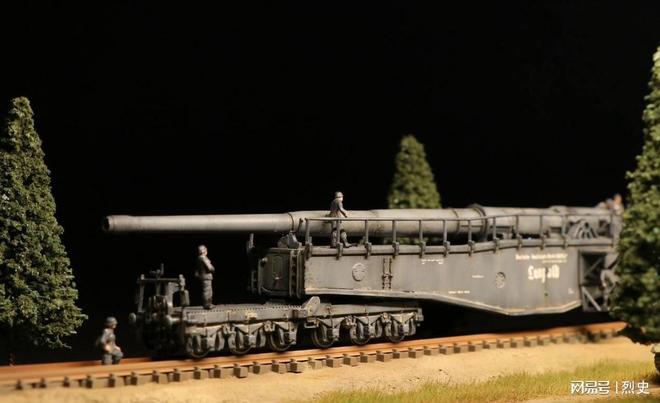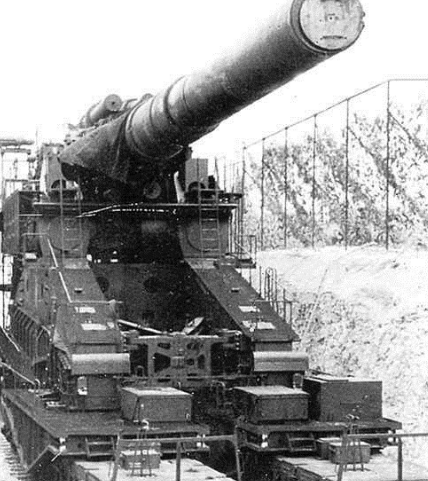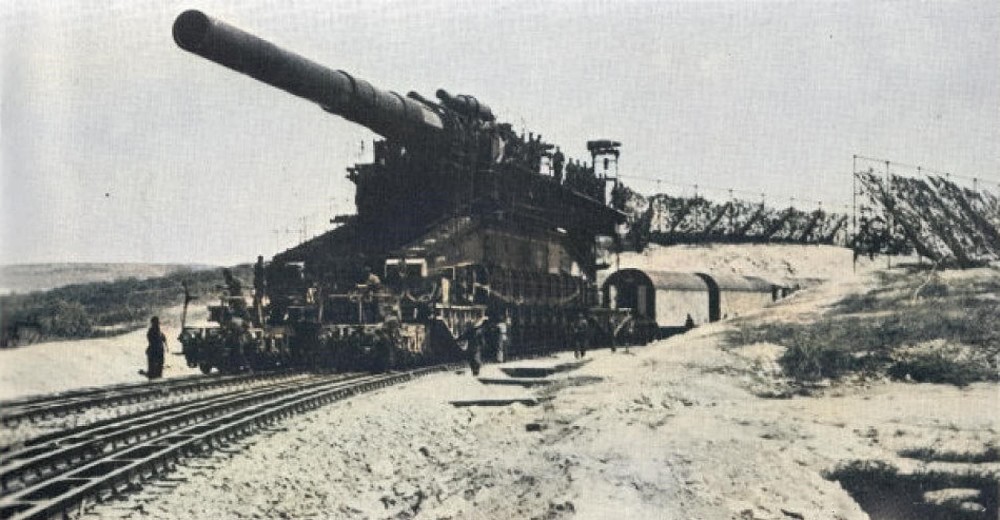The Gustav Gun is a formidable cannon that stands as a giant among weaponry. With its powerful firepower and precision, it has become a formidable weapon in modern warfare. Its design and construction are a testament to the evolution of military technology and its impact on warfare.
In the annals of military history, the Gustav Gun stands as a testament to the evolution of weaponry and the dawn of a new era in warfare. This colossal cannon was a masterpiece of engineering and a symbol of power during its time, revolutionizing the way wars were fought and leaving a lasting impact on the military landscape.
The Gustav Gun, also known as the "Giant of Cannons," was developed during the late 19th century and early 20th century. It was designed to deliver massive firepower and was intended for use against fortified positions and heavy armor. With its enormous size and powerful capabilities, the Gustav Gun was a formidable weapon that could cause significant damage to enemy fortifications and troops.
The origins of the Gustav Gun can be traced back to the industrial revolution and the advent of new technologies that allowed for the creation of large-scale weapons systems. This particular cannon was named after its inventor, Gustav Wilhelm, who sought to create a weapon that could breach the walls of fortified cities and destroy enemy armor. The result was a massive cannon that could fire massive shells with high velocity, delivering devastating impact and explosive force.
The Gustav Gun was used extensively during World War I, particularly in the siege of forts and cities. Its ability to breach fortifications and destroy enemy armor made it a valuable asset for attacking forces. The cannon was mounted on large carriages that allowed for easy transportation and positioning, making it a flexible weapon that could be deployed in various scenarios.
The impact of the Gustav Gun on military operations was significant. Its firepower allowed attacking forces to breach enemy lines with ease, bypassing fortifications and taking out key targets. This enabled them to advance quickly and capture important strategic locations. The Gustav Gun also had a psychological impact on enemy troops, who were often left in awe of its immense power and destructive capabilities.
However, the Gustav Gun was not without its drawbacks. It was a complex weapon that required skilled operators and a significant amount of resources to maintain and operate. It was also slow to deploy and could be vulnerable to counter-attacks if not properly protected. Despite these limitations, the Gustav Gun remained a formidable weapon that was used by many nations throughout World War I.
After the war, the Gustav Gun was gradually phased out as new technologies and weapons systems emerged. However, its legacy remains in the form of modern artillery systems that have evolved from its design and principles. The Gustav Gun marked a significant milestone in military history and continues to inspire awe and admiration for its immense power and engineering prowess.
In conclusion, the Gustav Gun was a colossal cannon that revolutionized warfare during its time. Its immense firepower and destructive capabilities made it a formidable weapon that changed the way wars were fought. Although it has been surpassed by modern technologies, its legacy remains in the form of modern artillery systems that continue to inspire awe and admiration for its engineering prowess and military significance.








 赣ICP备2020014130号-1
赣ICP备2020014130号-1 赣ICP备2020014130号-1
赣ICP备2020014130号-1
还没有评论,来说两句吧...